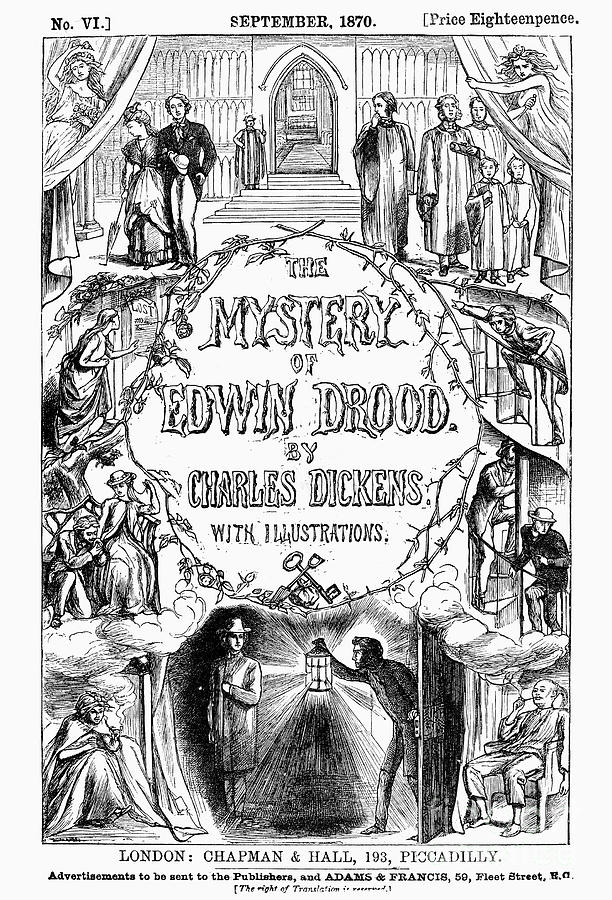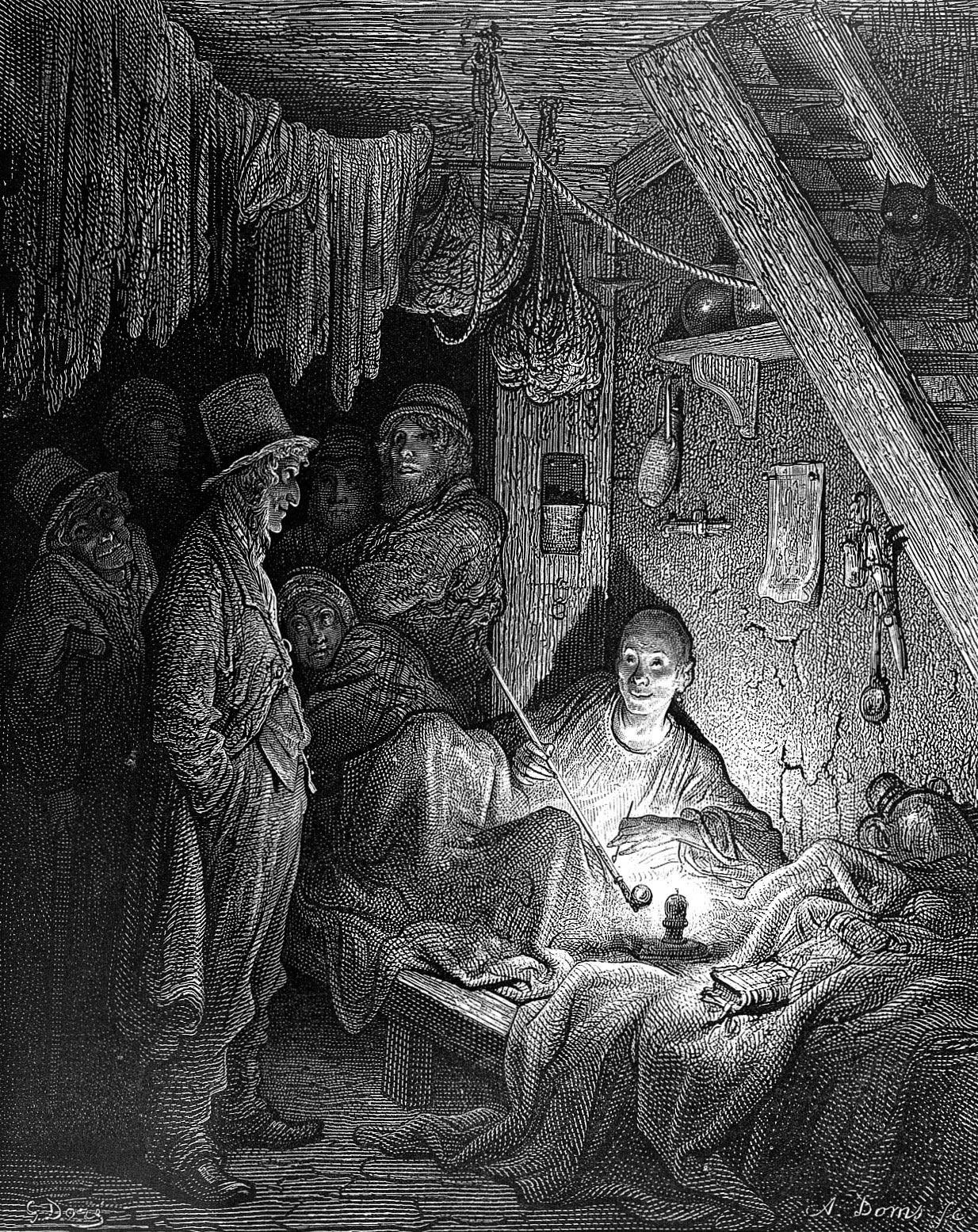

The novel’s dark tones reminded me a little of The Meaning of Night by Michael Cox. I recommend it for fans of Charles Dickens or Wilkie Collins. I think that this book will have niche appeal. While I like both types of fiction I found the change in emphasis disconcerting. About halfway through it read more like a horror novel.


Dickens and Collins follow the Drood’s path through opium parlors, an underground city and even to Dickens’s home at Gad’s Hill Place.įor me the book started out as a Victorian mystery. This nearly 800 page novel takes the reader through varied settings in Victorian England. (Simmons must have rubbed his hands together with glee to have such fantastic source material.) How did Collins feel about his older and more successful companion? What lengths did Collins resort to in order to feed his addiction? Collins really was addicted to opium and was convinced that he was accompanied by a ghostly twin. His best-known works are The Woman in White and The Moonstone.Īgain, it’s difficult to know where the truth ends and the fiction begins. CHARLES DICKENS, a lifelong ham, would have loved Rupert Holmes’s Mystery of Edwin Drood, now playing in a well-received Roundabout Theater Company revival at Studio 54. Drood, and later threatening to destroy Neville Landless by proving him to be Drood s murderer, Dickens also draws on De Quincey s essay On Murder Considered as One of the Fine Arts, which invokes a theory of the aesthetic murder that applies to Jasper, a musician and would-be artist in crime. Today Collins is best remembered as an author who helped develop the mystery genre. Collins was a real person and a close friend of Charles Dickens. He is, “cadaverously thin, almost shockingly pale, and started at the writer from dark-shadowed eyes set deep under a pale, high brow that melded into a pale, bald scalp. That something is named Drood.Īt the accident scene Dickens meets a man that calls himself Drood. And then he adds a little something to the mix. The imagination of Dan Simmons paints a horrific picture of this very real accident. Dickens’s railway car barely made it over the 42 foot gap in the tracks. In 1865 Charles Dickens had a brush with death when the train he was traveling on went over a bridge undergoing renovation. This work of historical fiction begins at a scene of death and destruction, the Staplehurst railway accident. That means that if you click through and take action, the publisher of this website will receive compensation. Neville has been found stabbed to death.Some of the links on this page are affiliate links. Nicholas Kok (piano) Director Gordon House John Jasper continues to search for proof that his nephew Edwin has been murdered by Neville Landless.
DICKENS DROOD FULL
(journal article) Subjects: opium orientalism English identity Add to folder Find Full Text 2. Academic Journal The Novel Ingestion of Opium and Orientalism in The Mystery of Edwin Drood Detail Only Available By: Polsky, Stephanie Victorian, 2015 3 (1): 1-26. Although Dickens had included touches of the gothic and horrific in his earlier works, Edwin Drood was his only true mystery story. Only 6 of the 12 projected parts had been completed by the time of Dickens’s death. Sun 25th Mar 1990, 14:30 on BBC Radio 4 FM MLA Bibliography 'Dickens' and 'Edwin Drood': 1 - 30 of 169 1. The Mystery of Edwin Drood, unfinished novel by Charles Dickens, published posthumously in 1870. The Mystery of Edwin Drood (or simply Drood) is a musical written by Rupert Holmes based on the unfinished Charles Dickens novel. Sun 18th Mar 1990, 14:30 on BBC Radio 4 FMĮdwin has disappeared and Jasper is convinced that his nephew has been murdered by Neville Landless.Ī mysterious stranger arrives in Cloisterham and seems to entertain other ideas. It proves to be the last meeting the three will ever have.

Piano: Nicholas Kok Directed By: Gordon Houseįirst broadcast: Sun 11th Mar 1990, 14:30 on BBC Radio 4 FMĮdwin and Neville, determined to resolve their differences, agree to attend a Christmas Eve dinner hosted by Edwin's guardian, Jasper. The arrival in Cloisterham of Neville and Helena Landless sets in motion a chain of events leading to murder. Sun 4th Mar 1990, 14:30 on BBC Radio 4 FMīy Charles Dickens, concluded by Leon Garfieldand, dramatised in five parts by David Buck.


 0 kommentar(er)
0 kommentar(er)
